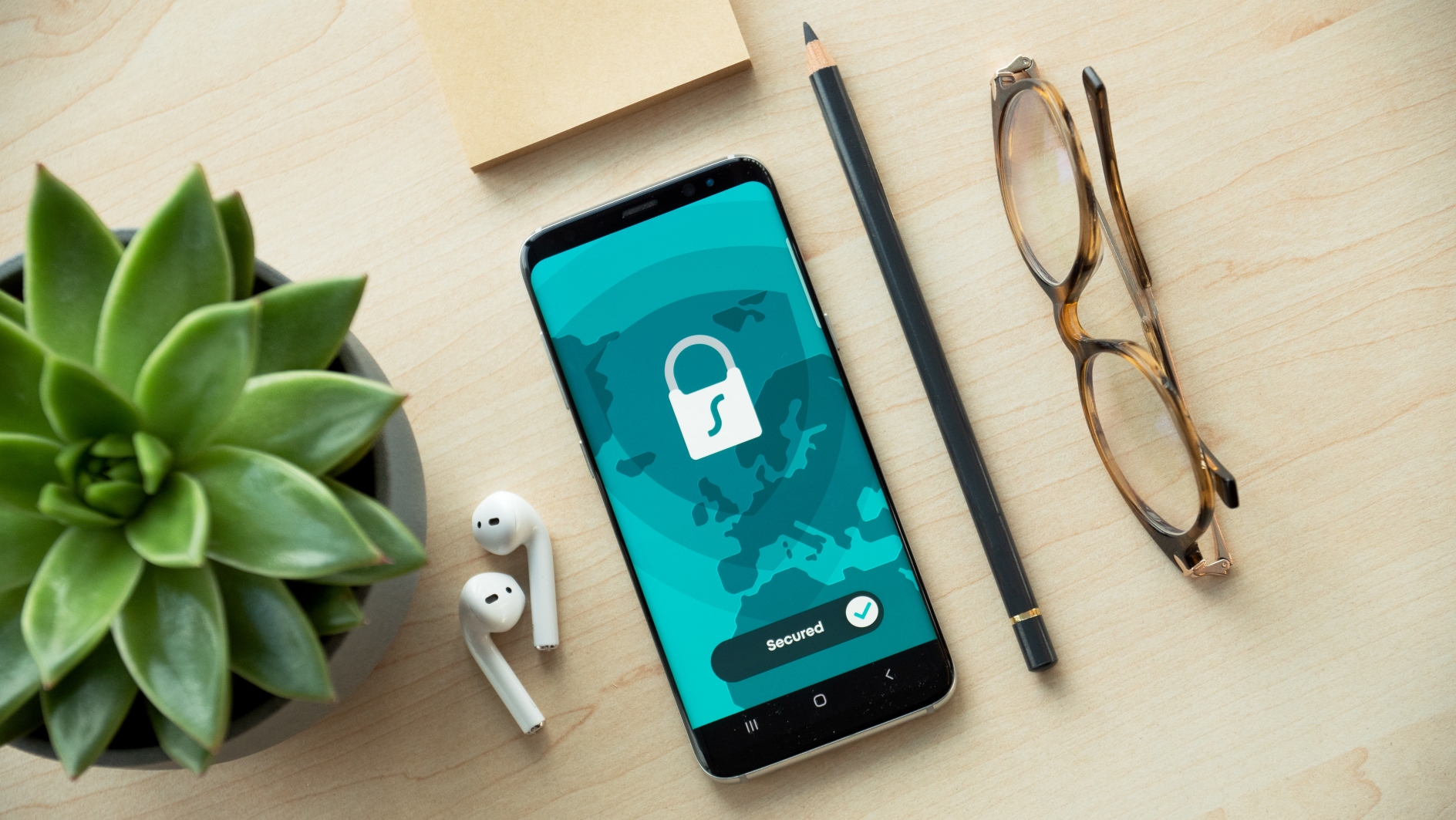Data privacy day
Data Privacy Day is January 28, 2021 and is an international effort to empower people to protect their personal data and privacy, particularly online. According to Cybint, a global cyber security educator, 95 percent of cybersecurity breaches are caused by human error. The practices that help protect individuals’ security online will also help protect businesses, so on this day let’s review the most powerful and simple steps everyone can take to secure their own data and that of their customers who entrust them with it.

Use strong passwords and keep them secure.
Good password practices are a key security measure. Passwords should not include personal information like maiden names and birthdates. They should use a combination of letters, numbers, and special characters. Frequently used and sensitive passwords should also be changed regularly. These include for access to customer management software, sensitive files, and remote desktop access.
Don’t reveal private or secret information in an email, and do not respond to email solicitations for this information.
Phishing emails remain one of the most common ways by which bad actors breach both personal and business information. Typically these emails will attempt to be from a reputable source, such as a colleague or vendor. Because phishing emails can be so convincing, we recommend never revealing private or secret information in response to an email. This includes following links sent in email.
If you are unsure whether an email request is legitimate, try to verify it by contacting the company or sender directly.
Contact the company or sender using information provided on an account statement or other prior contact method, not information provided in an email. If you respond to an email, the scammer will often respond promptly and attempt to continue to maintain the scam. Therefore, use a different method to confirm the propriety of the request.
Before sending or entering sensitive information online, check the security of the website.
Pay attention to the website’s URL. Malicious websites may look identical to a legitimate site, but the URL may use a variation in spelling or a different domain (e.g., .com versus .net). Another good practice is to check for reviews of the website; e-commerce scams are a growing issue. Finally, be careful when entering payment information. Credit cards are usually the more secure option for online shopping.
Keep a clean machine.
Software updates may seem overbearing and troublesome, but they are vital to keeping your data secure. Keep all software on internet-connected devices – including PCs, smartphones and tablets – up to date to reduce risk of infection from malware.

